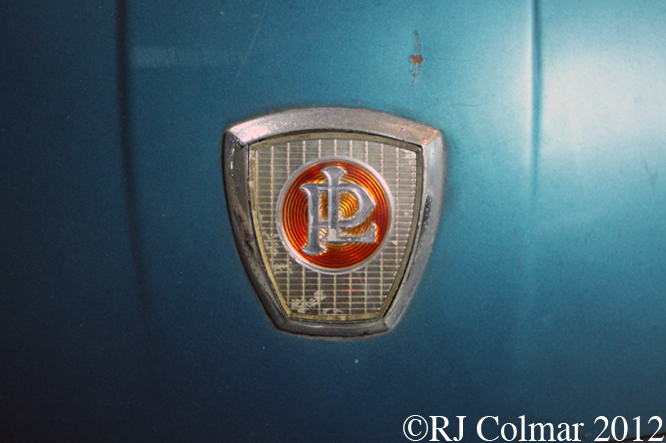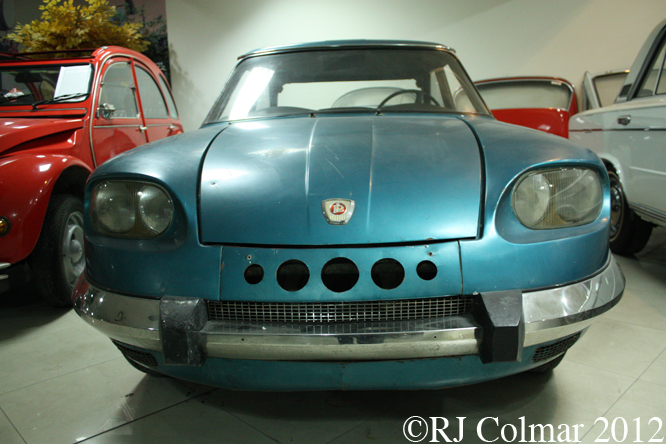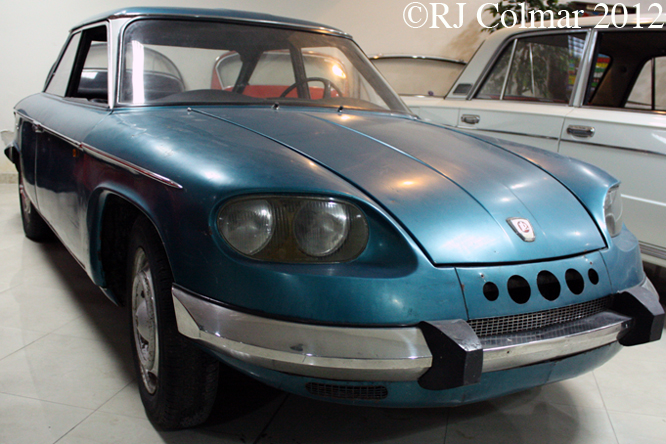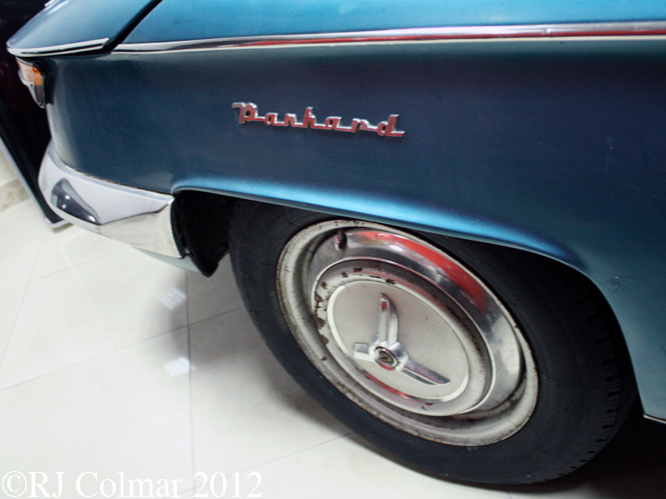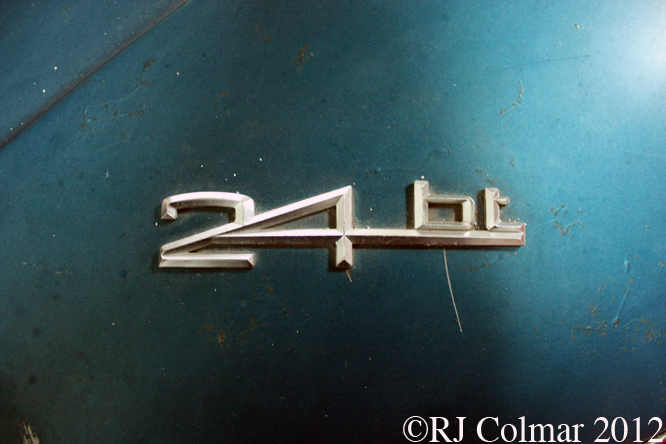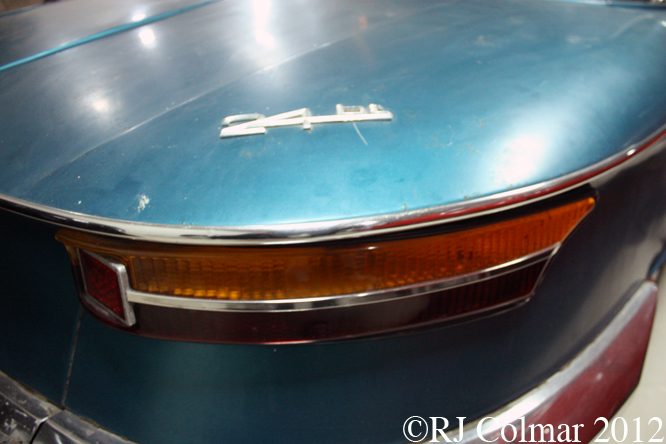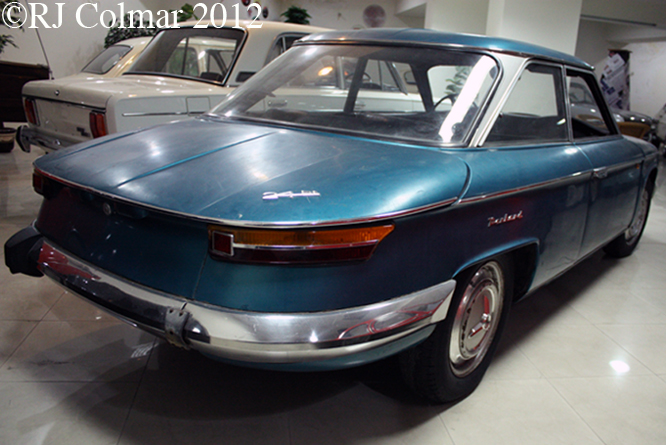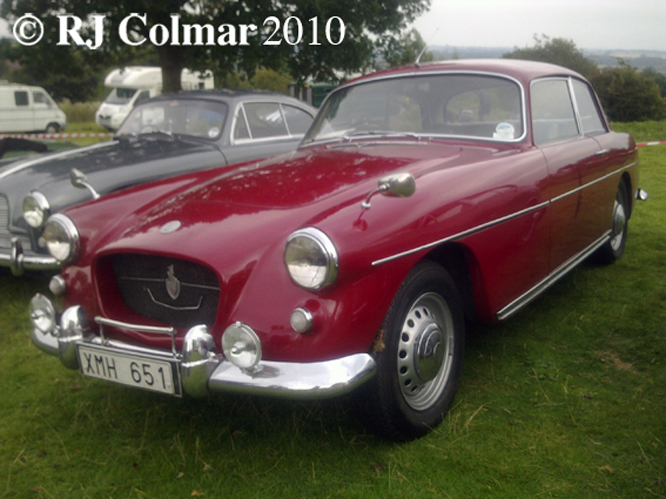In 1950 Donald Healey and Samuel Elliot fell out over their Healey Elliot 2 door saloon car which resulted in Donald turning to Tickford to build further 2 door bodies.
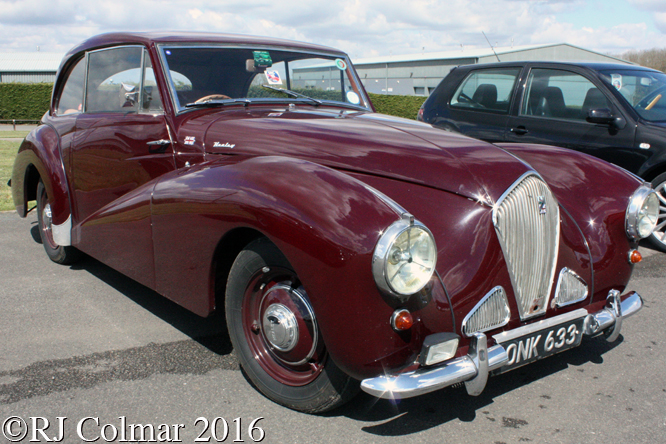
Tickford was founded as a builder of horse drawn coaches in the 1820’s by Joseph Salmons on Tickford Street, Newport Pagnell and diversified into building coachwork for cars in the late 1890’s.
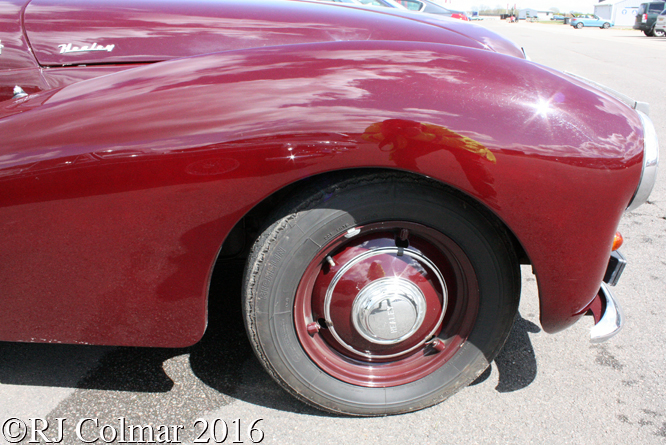
The design for the 5 seat 2 door bodywork for the Healey Tickford is credited to Winston Chater, it was heavier than the Elliot body in part due to the replacement of the perspex window’s of the earlier model with glass items, and the introduction of a proper boot / trunk.
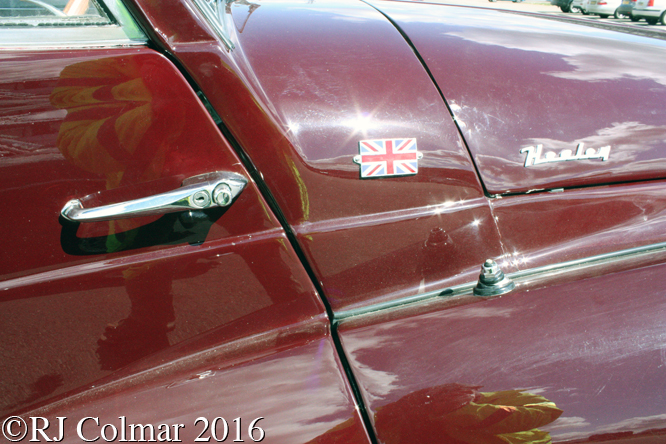
Healey Tickfords were built on three different versions of the Healey Chassis starting with the C Type in 1950, the BT Type in 1951 and the last on the F Type chassis in 1954.
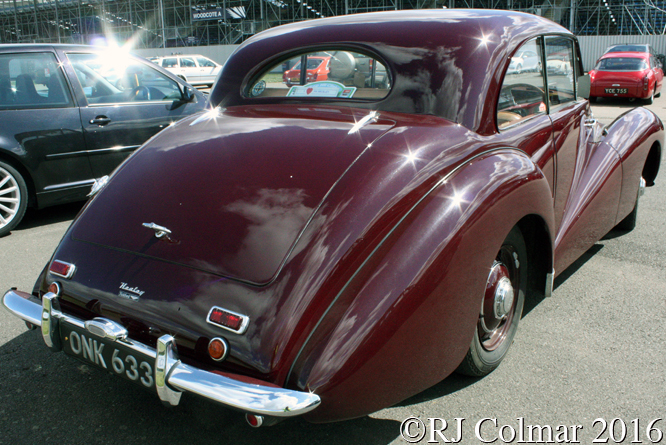
The introduction of the BT chassis saw the additional triangular vents either side of the main radiator intake.
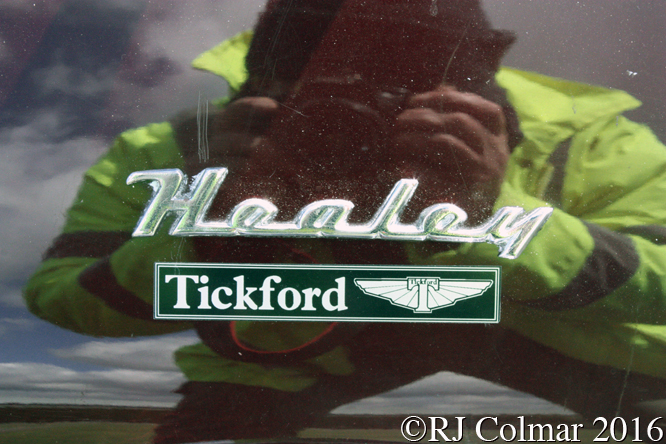
The Healey Tickford built from 1950 to 1954 would prove to be the most popular of the Riley powered Healey’s with 222 examples built.
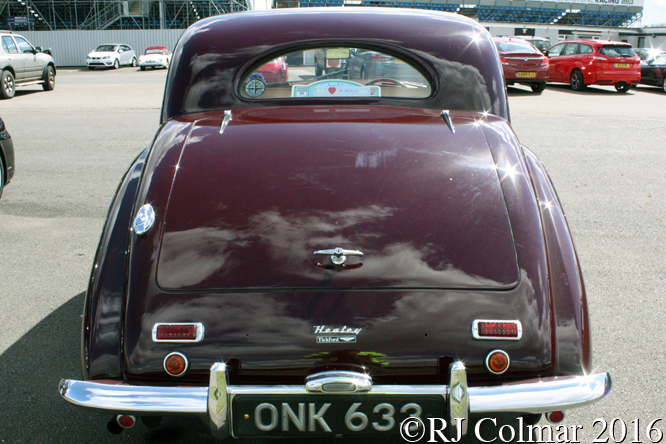
Today’s featured Healey Tickford, seen during last weeks VSCC Spring Start meeting at Silverstone, was built on a BT chassis in 1952 and first registered in the UK on October 15th the same year.
Thanks for joining me on this “Glass Side Windows” edition of “Gettin’ a li’l psycho on tyres” I hope you will join me again tomorrow. Don’t forget to come back now !


